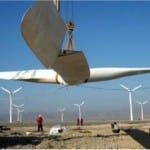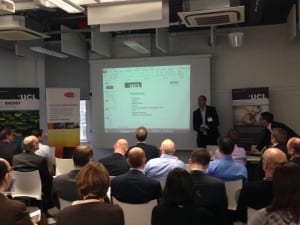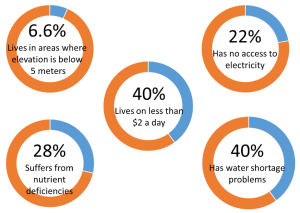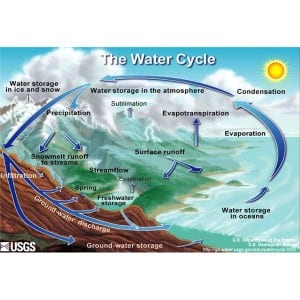Among China’s top three energy sources, two are now renewable
By ucqbbl0, on 12 December 2014
While browsing online for information about electricity generation from renewable sources, I found a rather surprising “olds” reported by CleanTechnica back in January 2013, that China’s electricity produced from wind has already surpass the amount from nuclear, hence became the third largest source of electricity. This implies a seemingly impressive achievement: among top three energy sources in China, two of them are renewable, hydro and wind power. This is really remarkable, even compared with most developed economies in the world. Based on data provided by IEA, advanced economies including the US, the UK and Germany have their electricity mainly from coal, gas and nuclear. None of these sources is renewable!
 Should we applaud for this achievement of China, one of the biggest polluters in the world? Ehhh, probably we need to look deeper into this firstly.
Should we applaud for this achievement of China, one of the biggest polluters in the world? Ehhh, probably we need to look deeper into this firstly.
One reason behind why wind could make its way into the top three is that the top two sources produce more than 93% electricity in China; more specifically, around 76% from coal and 17% from hydro (around 5% for wind in 2013). With this two big players in electricity generation, it is not that hard for other new growing technologies to join the team of top three, while no significant impact upon carbon emission could be realised during this process. Even though, the 17% figure for hydro itself also looks very impressive. But recently, there are many debate in China about if it is worthy to decarbonise by building dams, considering their significant by-product of damaging local ecosystems. The biggest dam in the world, Three Gorges Dam, was once a national treasure of the Chinese public and an important showcase of the powerful Chinese government, but if you search on the internet now, all you get are its damages to local weather, endangered species and reservoir area geological structure. Due to lack of rigorous planning and impact assessment before constructions of many government hydro-power projects, and countless resulted side effects, it is a growing consensus in China that all the dames will all be pulled down, sooner or later.
Similar problems occurred to wind energy development as well. For many local governments, one of the main objectives of developing wind energy is vanity of local officers. This leads to the issue that local government lacks incentives and therefore expertise to conduct detailed planning before building up wind power plants. In many cases, poor integration planning and inadequately developed electricity storage technologies raised the issue of electricity waste. In 2013 the amount of wasted electricity was estimated to be equivalent to the whole year usage of Beijing, this means only 2.5% of actual consumed electricity in China came from wind last year. Compared with the 5% production figure, half of them was thrown back into the air. Moreover, in some extreme cases, government officers only realised the wind power plant was not connected to the grid after the construction was finished.
We should not deny the great achievement that wind produced electricity in China soared 1580% from 5710GWh in 2007 to 95978GWh in 2012, which cannot be done without a strong centralised government. In less developed market economies like China, private businesses may take longer to respond to changes of market signals and advances of technologies, it is therefore government’s responsibility to plan and build the future. But with a strong Soviet style planning tradition, Chinese government still need time to learn how to give the freedom back to the market. Nowadays, even with generous subsidies provided by the central government, many green-tech businesses are complaining that they are physically crowded out by large scale wind and solar power plants invested by local governments. This conflict of crowding-out is set to be more intense in China than in well-developed democratic countries, considering China’s capitalist economic based and the single party bureaucratic (deliberately avoid using a strong word) upper structure. Given all the negative impacts from state initiated projects, it might be high time for government to learn when and where to take its muddy hands off, and let the market go.
 Close
Close













